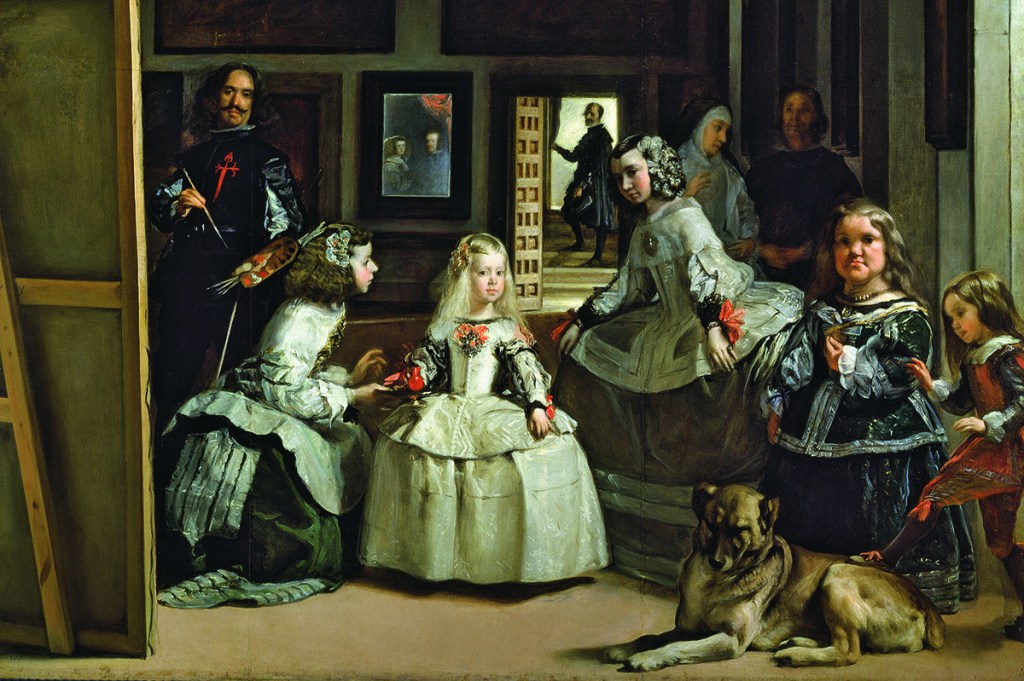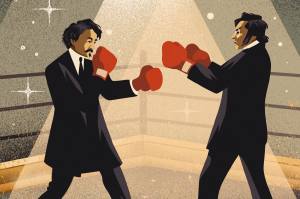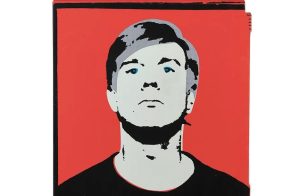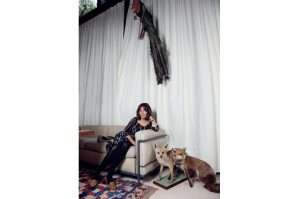Art historians do not generally become household names, as Kenneth Clark did later in life after embracing television, most famously with Civilisation (1969). They can, however, acquire legendary or semilegendary status within the profession and among amateurs. One such was Leo Steinberg (1920-2011), who taught for many years at the City University of New York and the University of Pennsylvania.
Academic art historians are expected to ‘publish or perish’: college texts, monographic studies on individual artists, or down-the-rabbit-hole treatises on arcana that seem to require more pages of footnotes than text. Steinberg mainly wrote for professional journals. He also lectured widely, testing ideas that later might make their way into print. A charismatic, even theatrical speaker, he is said to have included stage directions in his notes: ‘Pause to light cigarette here.’
In recent years, his editorial assistant Sheila Schwartz has been working to give these efforts, by nature ephemeral, a more permanent life. Anthologies have already appeared on Michelangelo’s sculpture and his painting. Renaissance and Baroque Art is the third, with further volumes on Picasso and aspects of modern art forthcoming.
Renaissance and Baroque Art includes essays on keystone paintings like Diego Velázquez’s ‘Las Meninas’, as well as works by artists such as El Greco, Caravaggio and Mantegna. Because Steinberg’s prose style is almost conversational — lively, literate and accessible — and his insights rarely less than revelatory, there’s plenty here for the general reader.
Paradoxically for members of a profession rooted in the visual, most art historians tend to be readers rather than lookers. Because opinions about dating, attribution, interpretation and the like must be grounded in documentary survivals such as wills, contracts and letters, scholars tend to give less weight to what they have learned about a work of art by standing in front it, and more to what they have learned about it in the library.
Steinberg was different. He did the background reading and combed the archives, but his ‘text’ was the work itself, and the primary method of unpacking its meaning was long, close looking. This insistence that his understanding of a work’s meaning be grounded in empirical experience led him to do such things as adopt the pose of a depicted figure, the better to understand the artist’s intention. This outlook is surely why no other art historian has advanced more groundbreaking reinterpretations of major works of Western art, be it Michelangelo’s ‘Pietà’ or Picasso’s ‘Les Demoiselles d’Avignon’.
Take Velázquez’s ‘Las Meninas’ (c. 1656), in the Prado Museum, Madrid. This monumental painting (roughly 10’ x 9’) is almost universally considered to be the most bewitching ever made. There is the way it reverses the normal order of things: instead of us looking at painted figures, they look out at us. There is its complex construction with foreground figures, with the artist at work among the Infanta, her meninas (ladies-in-waiting) and the court dwarves. There is a figure far in the back, standing in a doorway opening onto still deeper space, the court chamberlain Don José Nieto Velázquez, possibly a relation of the artist’s; and, next to the chamberlain, a mirror framing two figures: King Philip IV and his Austrian second wife, Mariana, who presumably are standing next to or near us. Finally, there are its twin enigmas: just what is going on here? And what does it all mean?
Before Steinberg, analysis coalesced around two clues. Velázquez’s doublet is emblazoned with the red cross of the Order of Santiago, marking him as an aristocrat, and he’s practicing his art in the presence of royalty. The first clue makes the work an allegory on the nobility of the art of painting, until not too long before regarded at best as craft and at worst as mere manual labor. The second holds that the work is about us, the viewers.
Steinberg begins by declaring that approach too narrow. ‘What I miss…is the necessary engagement with the whole painting…a disproportionate acreage of the canvas remains unaccounted for.’ He then explores that acreage. He inventories its multiple perspectival systems; most pictures have just one, but this has four. He does the same with the nine figures and discovers they are disposed, in plan, in three triangles.
Then he finds a third triangle, its points defined by the reflected king and queen deep in the back, with us standing outside. Except, he says, the reflection is of part of the painting Velázquez is working on, making it an illusion of an illusion. And since Velázquez is looking out at us, it means the real king and queen are standing next to us, posing. What it all adds up to, then, is a comprehensive theory of how art is made and seen, and made to be seen: ‘The painter gives us the real, the reflected and the depicted as three interdependent states…that cause and succeed one another in a perpetual round.’
If all this seems a lot to get your head around, well, that’s art for you.
This article is in The Spectator’s October 2020 US edition.


















